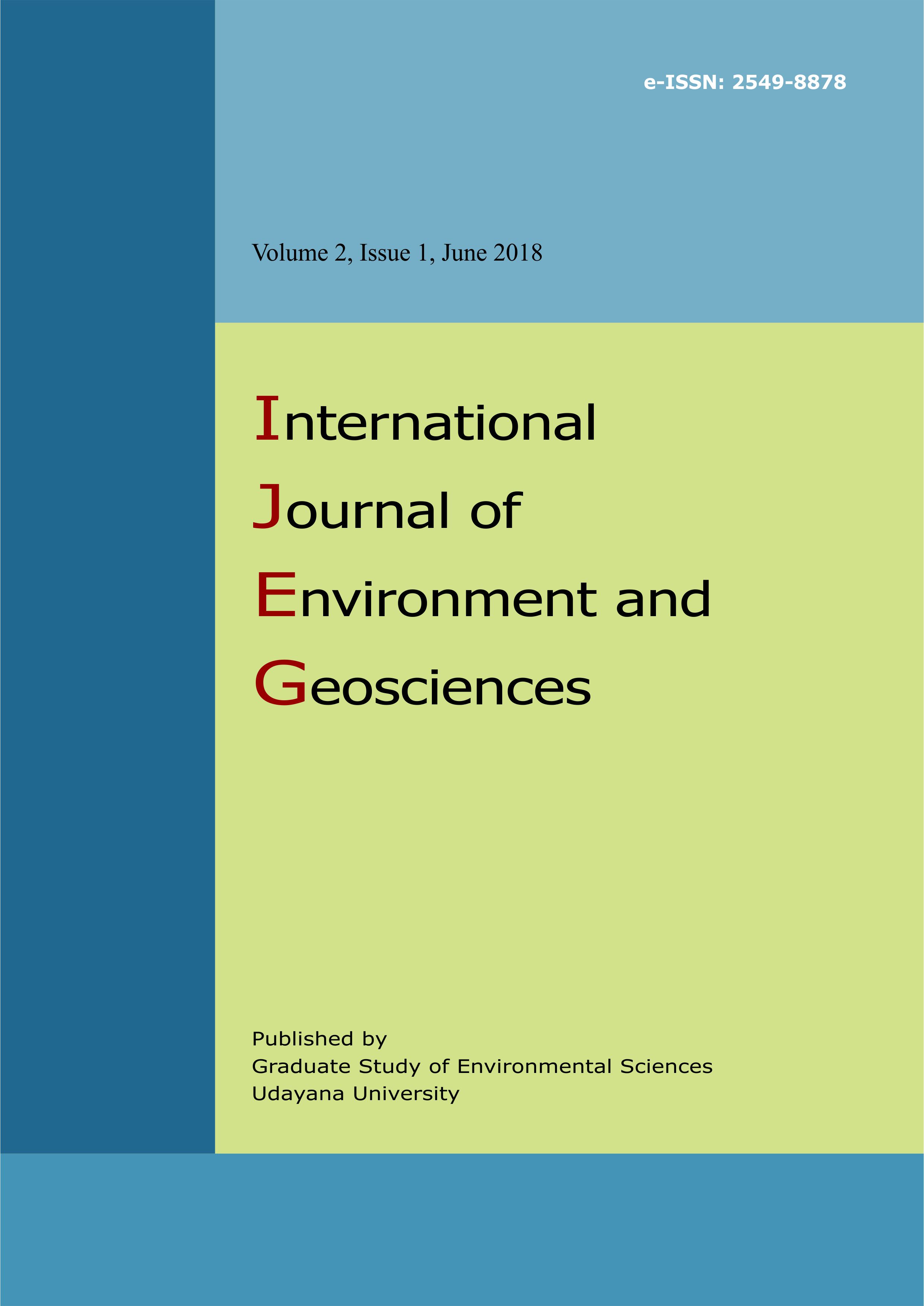Forest and Industrial Plantation Mapping with Multi-Temporal Dual Polarization by ALOS PALSAR Data In Riau Province
Abstract
Backscattering characteristics of land use has been analyzed using ALOS PALSAR data. The purpose of this research are mapping of land use by five categories such as forest, acacia, oil palm, open area and water, and to identify the changes of environmental. Analysis Pixel-by-pixel average of ALOS PALSAR level 1.5 backscattering used from five of category land use was to estimate the spectral characteristic of each object in difference HH and HV polarization. Ground truth data was taken from 169 locations which used for classification, 119 locations and 50 locations used for validation. Two different times of ALOS PALSAR level 1.0 2009 and 2010 data, was used for changes detection by multi temporal color composite combination. The accuracy result for classification map shows 62% of ground truth database, and multi temporal analysis showed the possibility of changes.
Downloads
Authors who publish with this journal agree to the following terms:
- All articles published by International Journal of Environment and Geosciences (IJEG) and Graduate Study of Environmental Sciences, Udayana University are made available under an open access license worldwide immediately. This means everyone has free and unlimited access to the full-text of all articles published in International Journal of Environment and Geosciences (IJEG), and everyone is free to re-use the published material given proper accreditation/citation of the original publication. Open access publication is supported by authors' institutes or research funding agency by payment of a comparatively article processing charge for accepted articles (See Author Fees). International Journal of Environment and Geosciences (IJEG) and Graduate Study of Environmental Sciences, Udayana University publish articles under the Creative Commons Attribution License.
- Authors are able to enter into separate, additional contractual arrangements for the non-exclusive distribution of the journal's published version of the work (e.g., post it to an institutional repository or publish it in a book), with an acknowledgement of its initial publication in this journal.
- Authors are permitted and encouraged to post their work online (e.g., in institutional repositories or on their website) prior to and during the submission process, as it can lead to productive exchanges, as well as earlier and greater citation of published work (See The Effect of Open Access).





